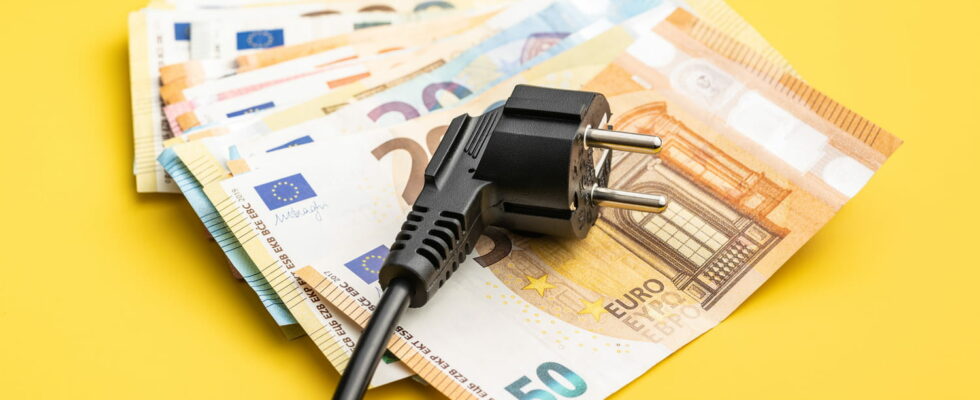Few people know it, but a very useful domestic apparatus consumes much more electricity than the others, weighing heavily on invoices. And it is neither the washing machine, nor the oven, nor the dishwasher, nor the fridge…
Even if the regulated electricity rate in France has dropped since February 1, 2025 after years of continual increases, it is necessary to master its consumption to avoid seeing the invoices fly away. And for that, it is important to know what are the most energy -consuming devices in homes, so as to optimize their use.
Unsurprisingly, it is the electric heating that weighs the heaviest, especially in poorly insulated accommodation – the famous thermal colanders. According to ADEME, the ecological transition agency, it represents two thirds (66 %) of invoices on average. Of course, this consumption varies enormously according to several parameters (type of system, housing surface, insulation, weather, requested temperature, etc.). For a house of 100 m2 heated in electric, it takes between 10,000 and 20,000 kWh per year, and even more than 40,000 kWh in some cases, which is huge – and very expensive!
Apart from heating, many domestic devices used on a daily basis consume electricity. But the most energy -consuming is not that of which we instinctively think of. Thus, it is estimated that an electric oven consumes on average 130 kWh per year, a washing machine approximately 100 kWh, an internet box approximately 150 kWh, a dishwasher about 200 kWh, a TV around 200 kWh and a fridge with freezer About 350 kWh. Here again, these are only orders of magnitude: these numbers vary enormously according to the energy class of the devices and their use, itself depending on the composition of the home and the lifestyles.
But all these devices are very sober with regard to the most greedy: the electric water heater. Still according to ADEME, and other organizations, it takes an average consumption of 800 kWh per year per person. Thus, a 200 -liter ball in a family of four consumes some 3,200 kWh over a year, or more than 600 euros at the current rate. And it takes 5000 kWh for a 300 L model, the second position behind the heating! And the consumption of electricity to heat the water can be still much higher depending on the capacity of the balloon, the number of users and, the most important, the temperature.
Indeed, out of ignorance, many people settle the water from the ball to a too high temperature, 60 ° C or more. Which is useless and expensive. As we explain in our article, a temperature between 50 and 55 ° C is enough to have hot water on a daily basis while avoiding the development of legionella, these bacteria responsible for the legionellosis. A good temperature adjustment already saves sensitive savings, especially as the ST operation and accessible to all.
Last detail, it is very important to maintain an electric water heater by regularly deteriorating by a professional. Because when the resistances are covered with tartar, they have more difficulty heating the water which leads to an overconsumption of electricity, which translates directly on the invoice.
